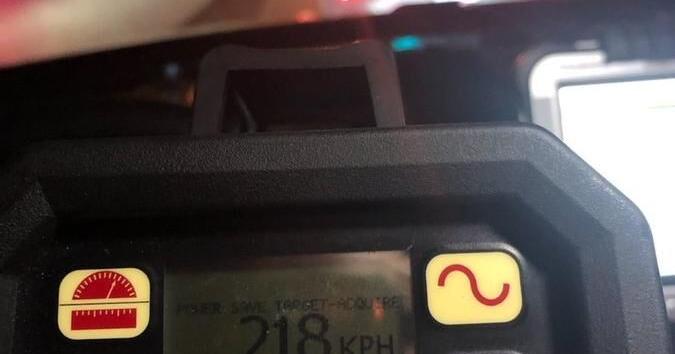lenaitch
Senior Member
No system is perfect or fool proof.
But it would make a material difference, I think.
As to those with money, I would offer 3 points.
1) Make it an offense to tamper with a speed governor, including automatic license suspension and impounding of the offending car.
2) Increase penalties for 'stunt driving' and lower the threshold from '50 over' to '40 over.
3) Finally, and most importantly, make fines income contingent (with a base minimum); this has already been done elsewhere, and it would ensure that if you earn 10x the money, you pay 10x the fine.
*The last one requires some measure of access of computers that print/issue tickets to the Canada Revenue database. I don't really have an issue with this, providing there are appropriate privacy/security controls.
#2 - Already done as of September if the speed limit is under 80kmh.
#3 - I don't know how other jurisdictions do it (Scandinavia?) but for roadside fines issued from the police car would require a distributed data network interfacing with the CRA database. Huge technological and privacy issues. Of course, Ontario would have to pay for it all.







:format(webp):no_upscale()/cdn.vox-cdn.com/uploads/chorus_asset/file/2934274/Screen_Shot_2015-01-14_at_5.20.03_PM.0.png)
:format(webp):no_upscale()/cdn.vox-cdn.com/uploads/chorus_asset/file/2936404/jaywalking-double.0.jpg)
:format(webp):no_upscale()/cdn.vox-cdn.com/uploads/chorus_asset/file/2934600/Screen_Shot_2015-01-14_at_6.59.41_PM.0.png)